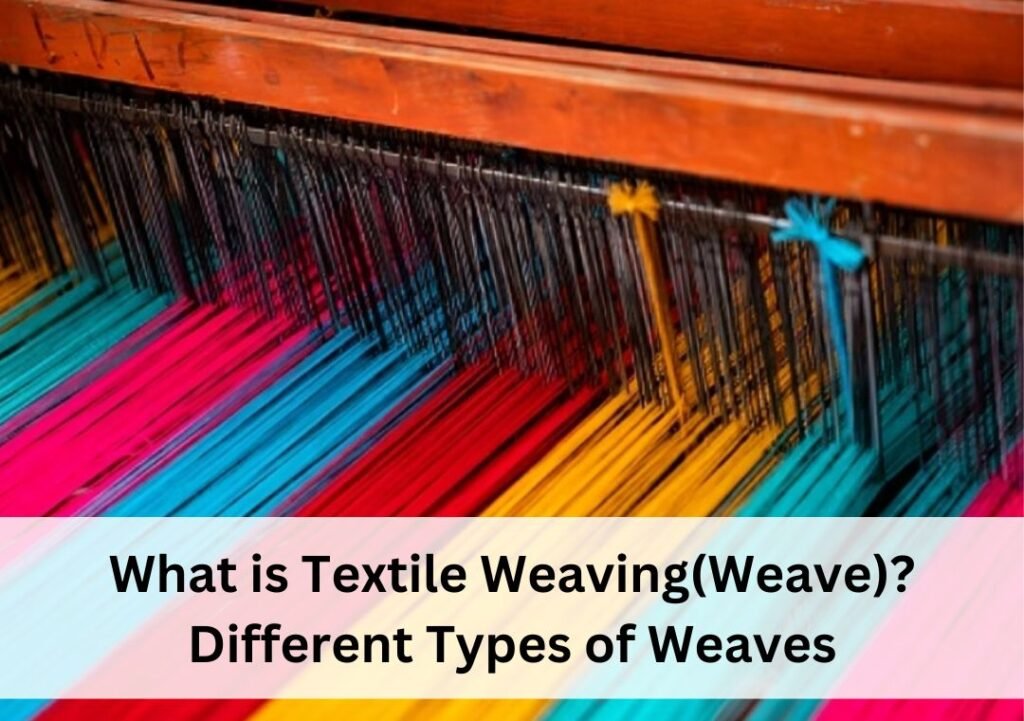
Table of Contents
If you closely notice all of your clothes and other textile items available in your home, you will be able to see and feel different types of textures in various textile products. Suppose, you are comparing a satin saree with a woolen sweater. As soon as you touch them, you will feel that both of them are different in their textures. That’s because of textile weaving. Now what is Textile weaving? You will find the answer to it in detail in this blogpost. This is a comprehensive guide to textile weaving for beginners who are about to start their journey in the textile industry. In this post, we will tell you the exact definition of textile weave, and about different types of weaving in textile. Let’s get started with us.
What Is Textile Weaving?
Textile Weaving is the method of interlocking threads of two sets of threads to create different types of fabrics. In simple words, weaving is the procedure of wefting and wrapping two threads, in which one thread is horizontal and the other is in vertical form. The process of weaving varies as per the type of fabric you want to create. Without weaving, it is not possible to create any kind of textile product as you can create different types of patterns and textures only through weaving and not any other way. Weaving is a century-old ancestral art form that has been followed by every textile artist in all generations and this procedure reflects the fantastic artistic talent of artisans.
What Are Different Types of Weaves available in the Textile Industry?
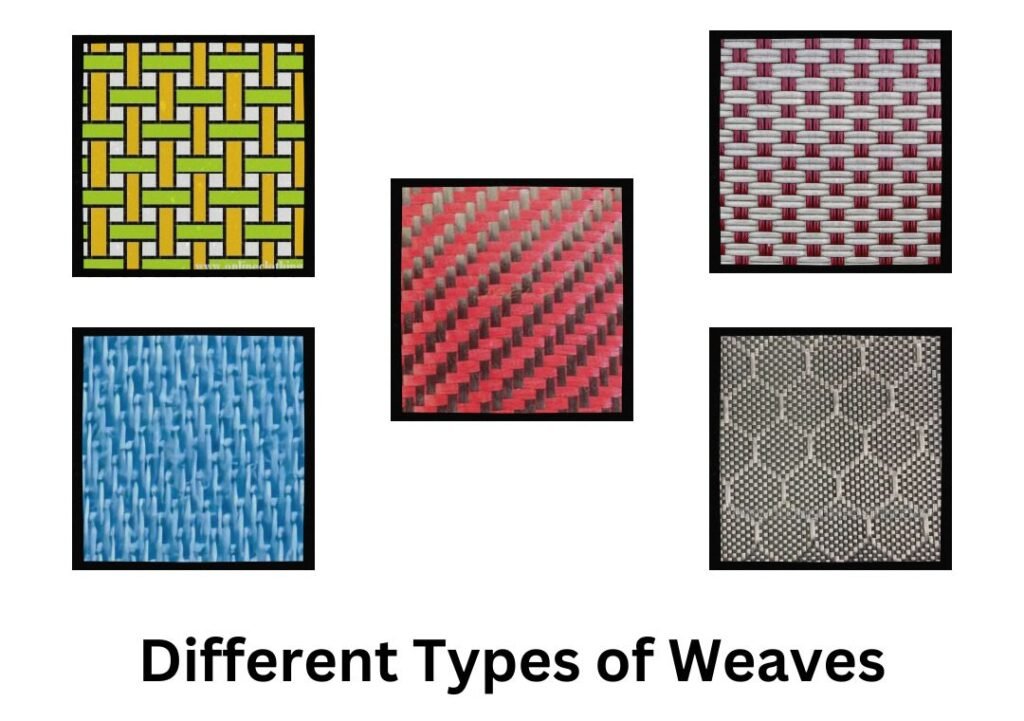
You may have seen two or three types of textile weaving in your clothes. But that’s not the end. There is a huge variety of weaves available in textile and you have to be aware of all of them if you are planning to start your career in the textile sector. We have shared below all the names of different types of textile weaving with pictures for your reference. You can also learn about different uses of weaving in our daily life. Keep scrolling to know everything about different types of textile weaving and their uses.
1. Plain Weave

The simplest and widely and commonly used textile weaving form is the Plain weave. The simplest of all patterns is the plain weave. It has been used to create textile items for centuries. process of creating plain weave is very simple and quick. The entire process is just crossing the weft thread under the vertical warp thread and it will create a criss-cross pattern like a checkerboard. Crepe, muslin, organza, georgette, chiffon are some of the fabrics that are made using the plain weave pattern. here are some different types of plain weave forms available in the textile industry-
- Rib Weave: This is a popular variation of plain textile weaving which is made by interlacing weft and warp threads. This weave is slightly different from the normal plain weave in the heavier yarn or thread which is used in the wafting or warping of the fabric.
- Matt Weave: Basket weaving or matt weaving is the process of interlacing two or more yarns in as a group of wefts and warps to create a matt-like texture. In this textile weave, it is necessary to create same-size squares on both sides of the fabric.
> Uses: Stretchable sportswear, men’s suits, ribbons, uniforms, winter dresses, rib weave pattern is widely used in the crafting of various outfits as well as tablecloths, upholstery and other household textile items. And matt weave is used in crafting small and big house mats.
2. Basket Weave:
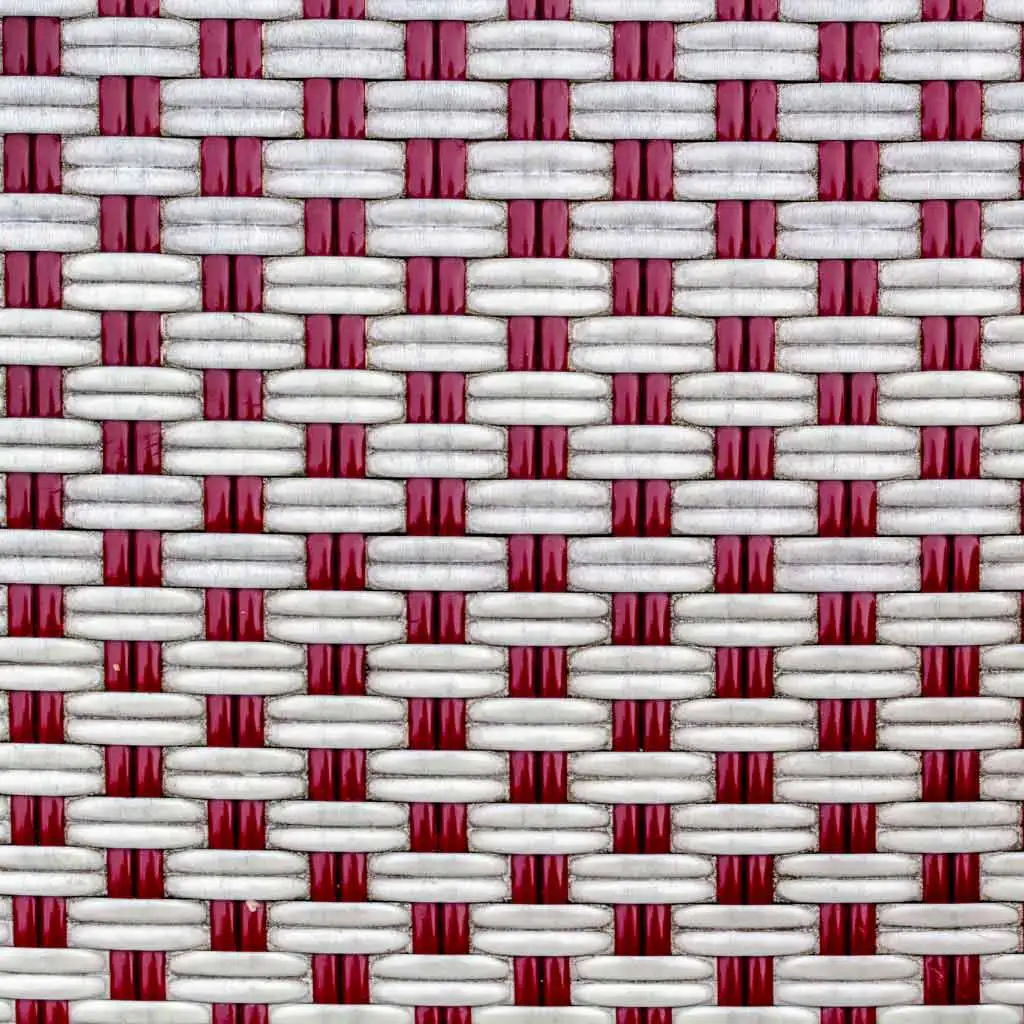
The name ”basket weaving” suggests that the textile weaving creates a basket form. It is made by interweaving two or more weft and warp threads of different colors to create a contrasting look. And there are two different types of basket weaving such as-
a) Regular Basket Weave: In a regular basket weave, a balanced pattern is created by interlacing an equal number of weft and warp threads on both sides. It is created in 2-2, 3-3 or 4-4 patterns.
b) Irregular Basket Weave: An irregular basket weave is created by interweaving irregular weft and warp ribs.
> Uses: Different kinds of accessories like bags, hats and totes, household items like kitchen towels, curtains, drapes, napkins, are made using basketweave.
3. Twill Weave

Twill textile weaving is famous for its very unique and shining diagonal pattern. This is one of the strongest textile weaves compared to other textile weaves available in the industry and the reason behind its extreme durability is its more closely woven technique. At first, warp yarns are arranged parallelly and then weft yarns are inserted at 45 45-degree angle. After that, weft yarns are overlapped in the opposite direction to create the diagonal pattern. Some of the popular types of twill textile weaves are-
a) Even-side Twill Weave: Equal numbers of warp and weft threads are available on both sides of the fabric.
b) Weft-faced Twill Weave: In this type of Textile weaving, more weft yarns than warp yarns are present on the front side of the fabric.
c) Warp-faced Twill Weave: In this type of Twill Textile weave, more warp yarns than weft yarns are present on the front side of the fabric.
>Uses: Twill weave is widely used in crafting a broad range of clothing and other textile items like denim pants and jackets, chino trousers, cotton twill fabric, various kinds of household items like upholstery, curtains, bedding etc. You can also find its application in backpacks and big luggage bags.
4. Satin Weave
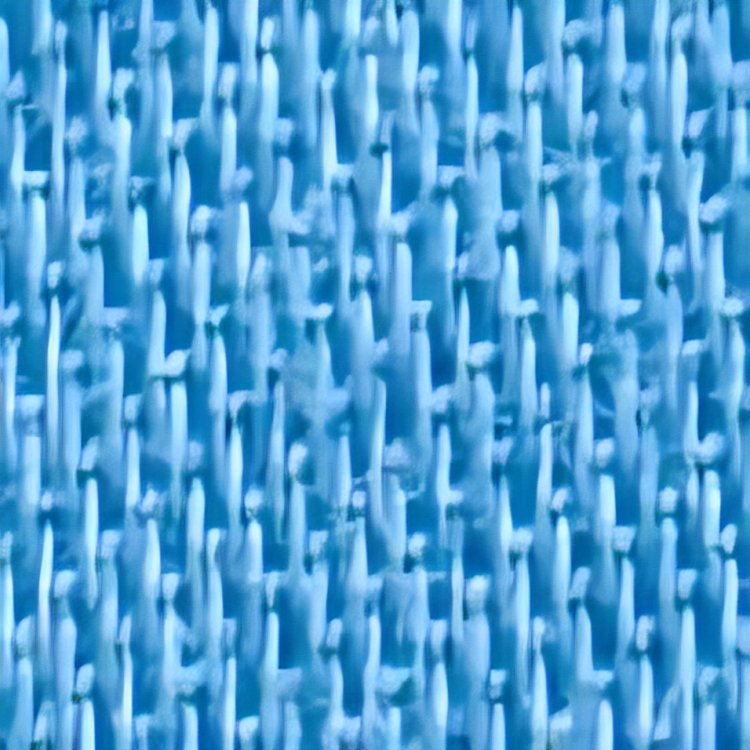
Satin weave is renowned all over the world for creating very lustrous, shining and smooth fabric. The construction procedure of this weave is floating a warp yarn over four or more sets of weft yarns and then they go under one weft yarn and cross it and this technique repeats.
> Household Uses: because of its smooth, soft and glamorous look, satin weave plays a major role in creating gorgeous and luxury outfits like satin sarees, gowns, shirts, tops, skirts and more. It is used in preparing household textiles like upholstery, curtains and so on.
5. Jacquard Weave

Jacquard textile weaving is distinguished for crafting very intricate and uncommon but attractive patterns in the fabric. If you closely look after it, you will realize that jacquard textile weave is made of combining plain, twill and satin weaving. Different varieties of beautiful designs can be made on fabrics using jacquard weave and multiple colors can be used to craft attractive patterns. Some popular examples of jacquard weaving are- brocade, cotton jacquard, silk jacquard, damask, and more.
> Uses: Clothing like sarees, blouses, ladies’ suits and lehengas, and long dresses, men’s Kurta, jacquard weave is used in the crafting of all these outfits. It is also widely used in making bedding items such as pillow covers, sheets, household items like drapery and curtains.
6. Herringbone Weave
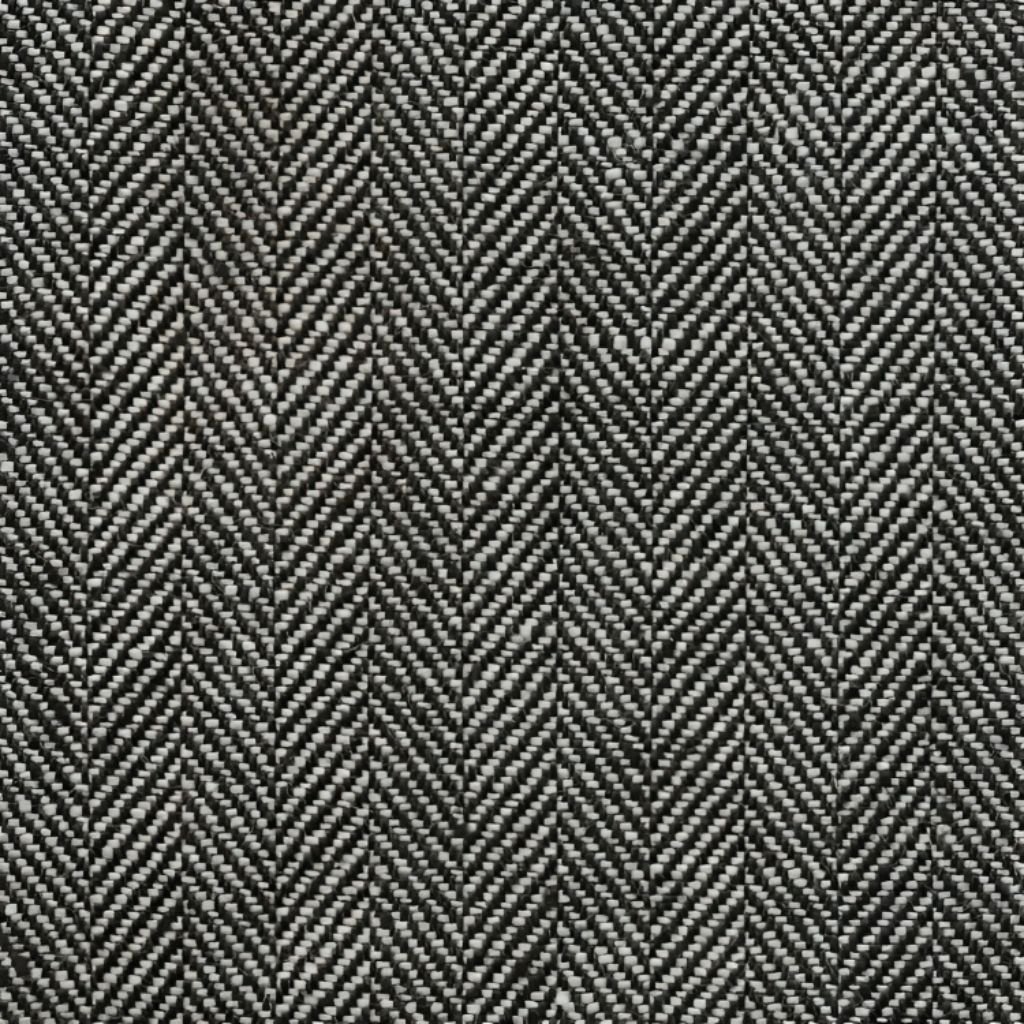
The procedure of crafting herringbone weaving is a little more complex task than the normal textile weaves. This weave is made by interlacing yarns in a zigzag way that gets a V-shape that looks like the skeleton of the herringbone fish. This weave is also popular as broken twill weave.
> Uses: You can see herringbone patterns in various items including Fashion items like trousers, jackets, dresses, coats, bags, home decor items and more.
7. Gauze Weave

Gauze weave creates a lace-like or grid-like pattern. It is created by twisting two warp yarns together and passing the weft yarns through the twisted warp yarns. This weave creates very lightweight, and airy fabrics.
> Uses: Gauze weave plays a very important role in medical sectors as this is widely used to make bandages, dressing and surgical gauzes. You can also find its application in several fashion items like lace-designed dresses, scarves and in some household items too including sheer curtains, mosquito nets etc.
Final Words
All of these textile weaving are important parts of the textile industry. As different weaves have different durability and features, you have to choose the weave correctly according to the fabric type you want to create. If you want to create a very strong clothing fabric or upholstery, go for plain weave, jacquard weave or twill weave. For making opulent and rich-looking clothing, opt for satin weave. And obviously, for crafting a see-through fabric for a dress or curtain, or a fabric for medical purpose, choose gauze fabric. We are ending with the hope that you will find something interesting and relevant information in this blog that you were looking for.